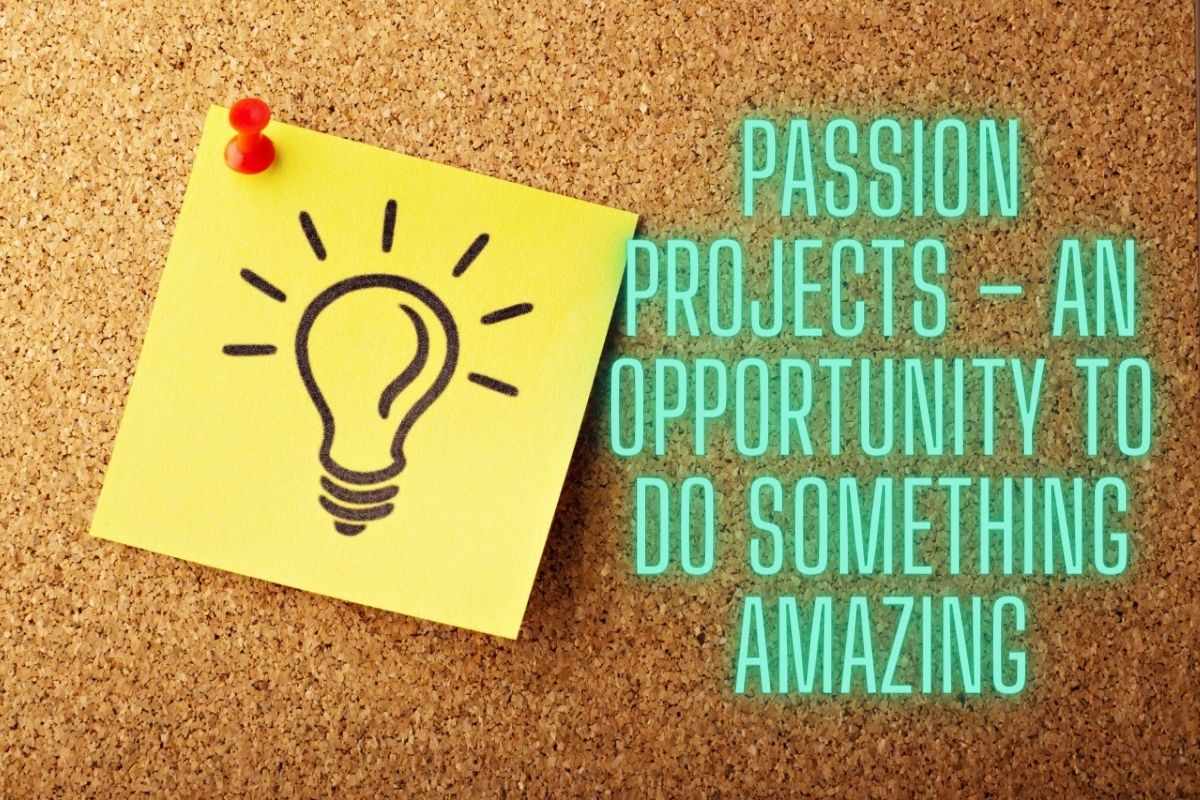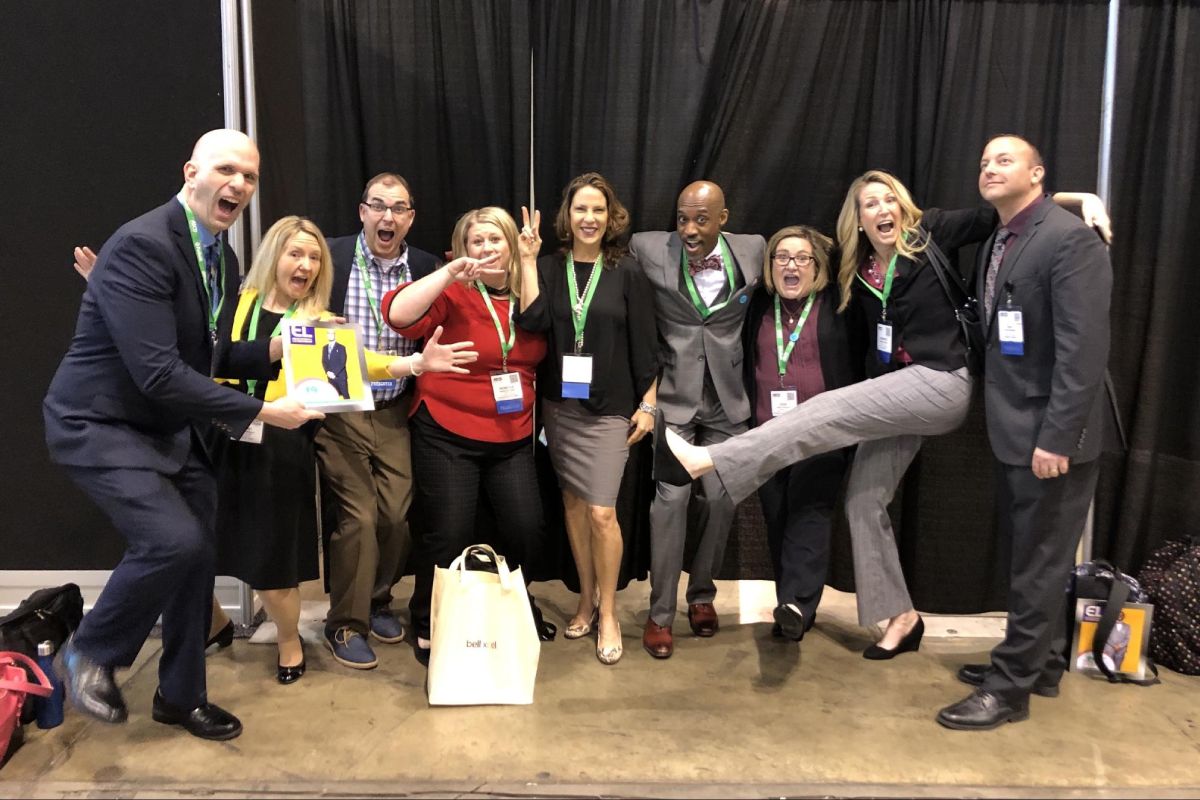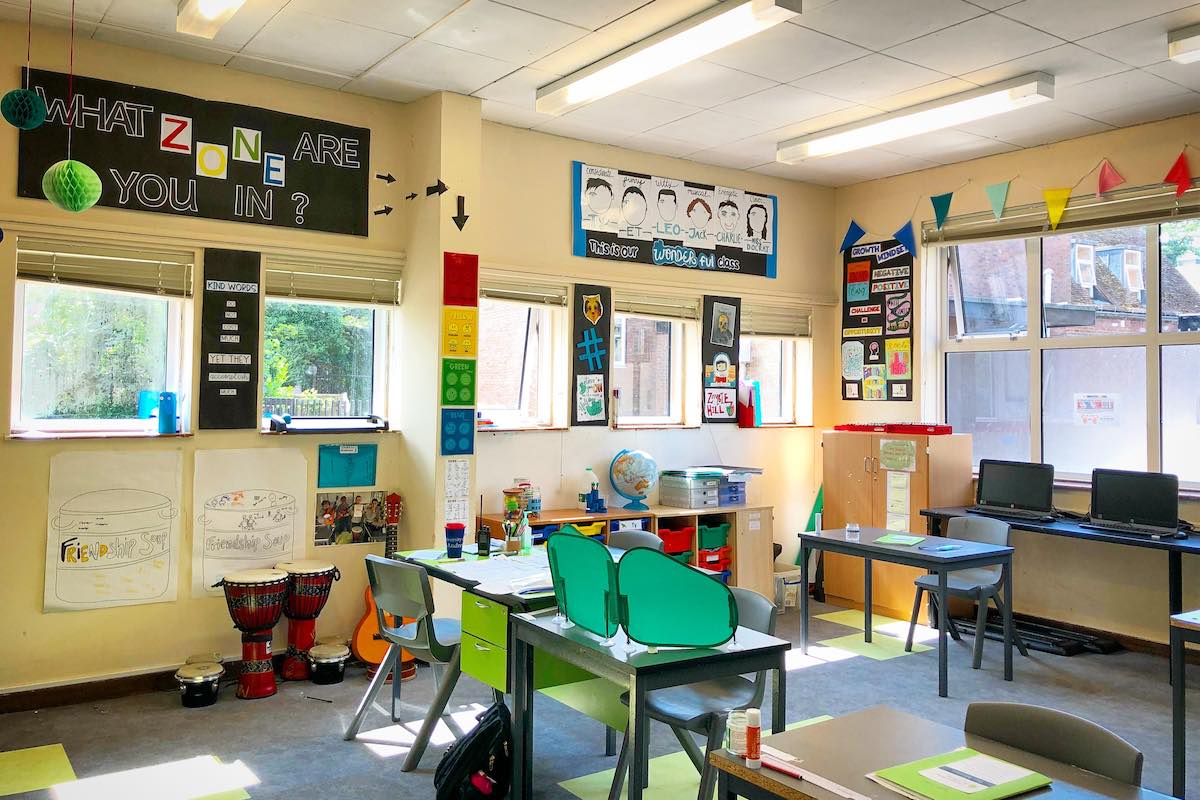How To Motivate Students Without the Carrot and the Stick

Traditional student motivation and engagement has been all about offering students “carrots” or rewards for their desirable behavior, and “sticks” or negative consequences for their undesirable behavior. While this can be a useful tool, and effective, in many situations in the classroom, it’s not the real game we should solely play.
Student motivation and engagement is a game of intrinsic motivation. The ultimate motivation comes from within, where our mind, body, and heart are aligned during learning. In this space, our students feel the spark of curiosity, creativity, and connection come fully alive within themselves.
This is the real magic in education – guiding our students to activate their own agency so they can be and become the best versions of themselves through their educational experience.
As Daniel Pink, author of the best-selling book, Drive: The Surprising Truth About What Motivates Us, said in his 2009 TED Talk on, The puzzle of motivation, “If you want engagement, self-direction works better.”
Mindfulness education provides some very practical and interdisciplinary approaches to help students ignite their inner landscape, become aware of and let go of limiting beliefs, and connect to their own agency so students feel empowered to take the driver’s seat in their own learning process.
On a day-to-day level, this looks like implementing four (4) mindfulness practices throughout your day in the classroom. These practices are self-directed (within our control), help students activate their own agency (the belief that you have influence over your own words, thoughts, and actions), and ultimately help our students discover what’s possible in their learning process.
Body-Mind Access (“Strong Body, Strong Mind”)
Give students time to mindfully move and remove stress, including emotional overwhelm and mental fatigue from their body.
I have witnessed hundreds, if not thousands of students, say they can’t do something or they aren’t good at anything, and then practice a challenging yoga balance pose accessible for the classroom with the right growth mindset guidance, experience an instantaneous inner belief transformation changing the script in their own minds from “I can’t” to “I can do it, look at me, I CAN DO this!”.
They can apply this energetic opening and kinesthetic learning to something more cognitively demanding with great results. That’s the power of body-mind access.
You help students access their inner power through giving them opportunities to explore what’s possible in their body, and apply that same learning to their mind with more difficult cognitive tasks.

Intention
Intention is a powerful framework to help students obtain the desired results from their learning experience. Think about it this way, “What result do I want from this learning experience?” Helping students have a say in what desired result they want within any given content is a powerful antidote to the critical-thinking crisis that test-driven content only learning creates.
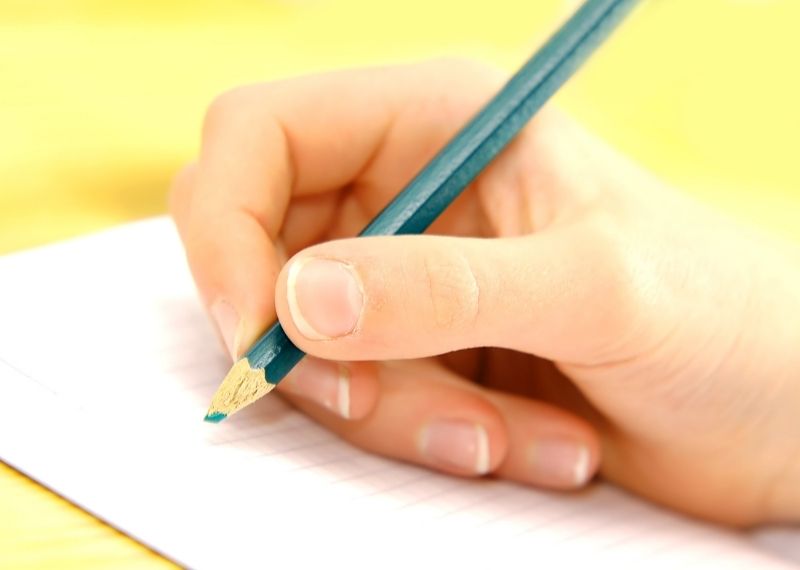
Attention
Our attention is being hijacked in a tech-driven world, and it’s vital to help our students learn how to focus their attention for optimal learning and in order to meet their desired goals. One simple way to do this is to add a mindful breathing practice that includes counting, such as a 3-5 breath (inhaling slowly while counting up to three and exhaling slowly while counting backwards from five). You can incorporate this before, during, and after a lesson.
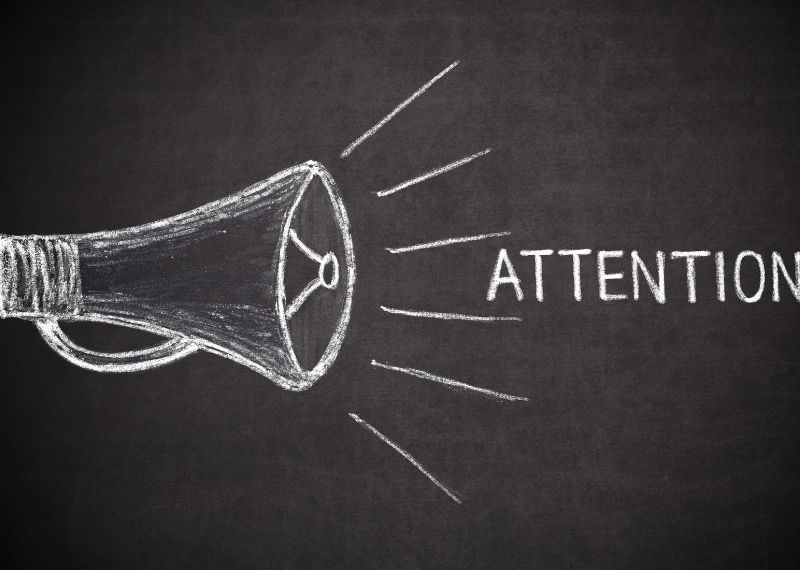
Affirmation or Positive Self-Talk
The words we say to ourselves can make or break what’s possible in our lives, including our learning experiences. Helping students learn how to speak affirmatively to themselves (positive self-talk) either as a way to optimize their learning or help them build resilience during challenging academic learning moments, reprograms their own limiting beliefs, and opens up a reservoir of empowered learning.
Use affirmations multiple times a day to help students refine their inner talk skills and help them create empowering beliefs about themselves.
We become what we believe, so helping our students change this inner narrative is key to student motivation and engagement, and life-long success.
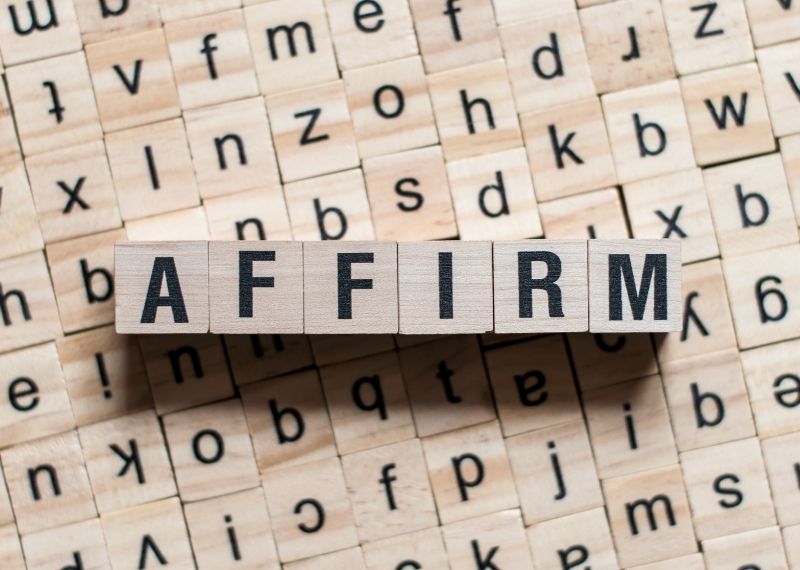
Re-Frame
Challenge is a part of the learning, growth, and development process. Without proper tools in these moments, it can be defeating and zap our motivation and drive to continue to learn and grow. Enter the power of the “re-frame” tool. We can help students re-frame mistakes and failures as incredible learning opportunities where skills and behaviors needed to succeed in any given content can be learned in the challenge that may not have been as accessible to the student prior to the challenge.

The carrot and stick approach have their place in the learning process. However, the ultimate goal of sparking student motivation and engagement isn’t about compliance, it’s about freedom and expansion. It comes from helping our students access a place within themselves so they can continually breathe life into becoming an empowered human spreading their special spark and magic in the world.
This article is available and can be accessed in Spanish here.


